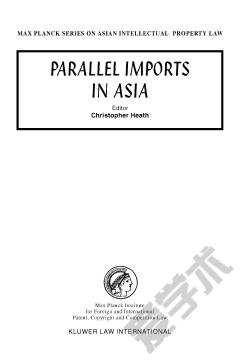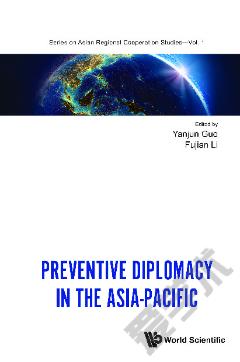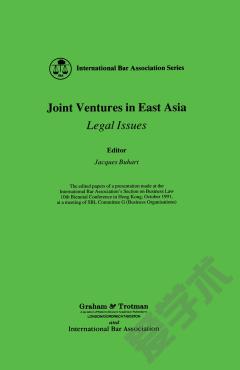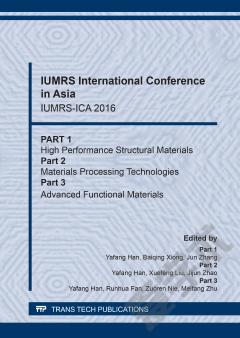Parallel Imports in Asia
In the absence of international rules governing parallel imports and exhaustion of intellectual property rights, issues arising in this context are left to the individual countries concerned. Asian countries, although generally more open towards parallel imports than Europe or the U.S., show marked differences both among their individual approaches and among the various intellectual property rights in question. Increasingly, permitting or blocking parallel imports of intellectually protected goods is regarded as a political decision to accommodate foreign pressure, domestic consumers, or right holders. Due to the diversity of legal regimes in the jurisdictions covered, reliable information on the regimes of parallel imports in Asia has been hard to come by. Now, Parallel Imports in Asia brings together the insight and experience of fourteen academics and practitioners in this specialized but highly significant field, each highly respected in his or her particular country. Two concise introductory chapters clearly present the economic and legal foundations of the subject matter. Then, thirteen chapters offer in-depth analysis of exhaustion of intellectual property rights and parallel imports for each of twelve Asian jurisdictions-China, Taiwan, Japan, Korea, Vietnam, Thailand, Indonesia, The Philippines, Malaysia, Singapore, Hong Kong, and India-plus the Australasian bloc. With this book, businesses in all of these countries-and in particular India and the Australasian countries-can assess the strength of their IP rights against parallel importation in other parts of Asia. All country reports are written in a uniform structure and take into account legal, political and economic considerations with respect to the parallel importation of patented, trademarked and copyrighted goods. A useful appendix provides a synoptical overview on the rules of parallel importation in Asia. While academics will find here a thought-provoking survey of an important but relatively unstudied area of intellectual property law, Parallel Imports in Asia will prove to be of greatest value to potential investors in Asia, particularly with regard to market separation and licensing agreements. It will also help practicing lawyers for globally operating companies to appropriately counsel their clients in this area of business decision making.
{{comment.content}}








 京公网安备 11010802027623号
京公网安备 11010802027623号